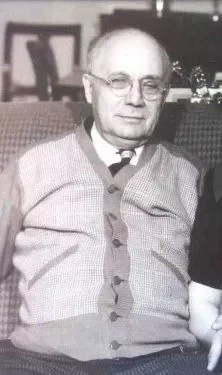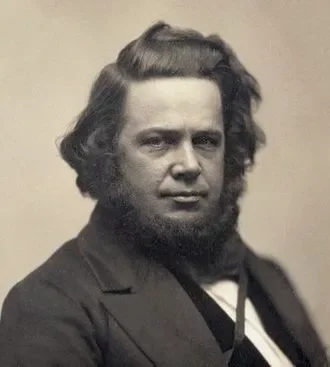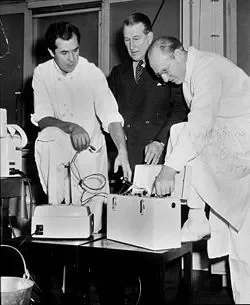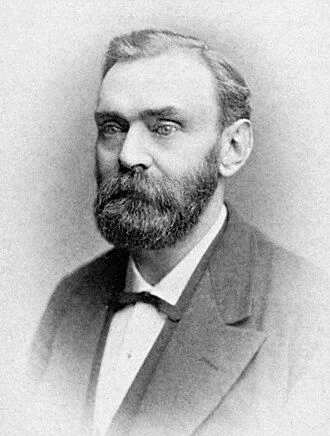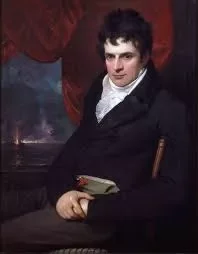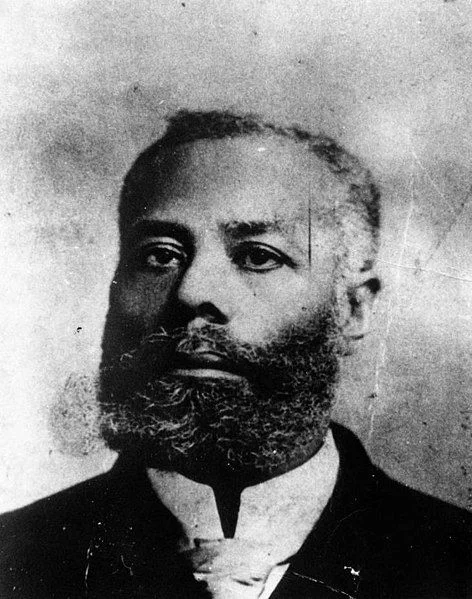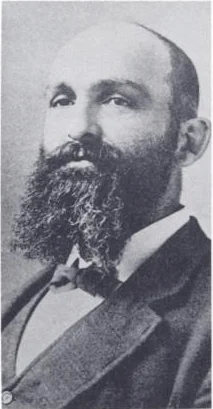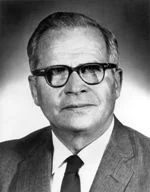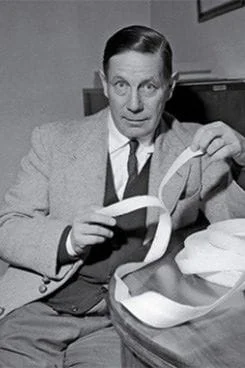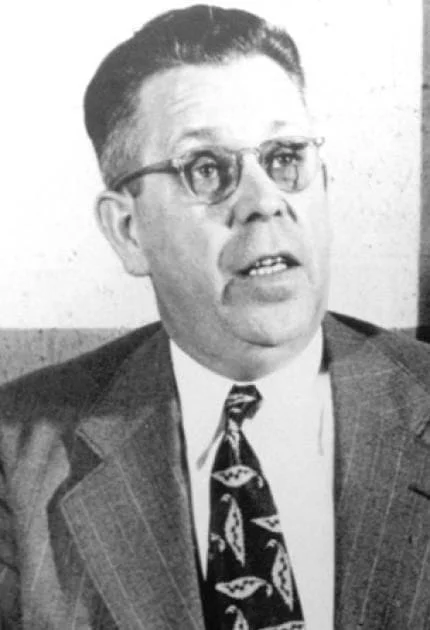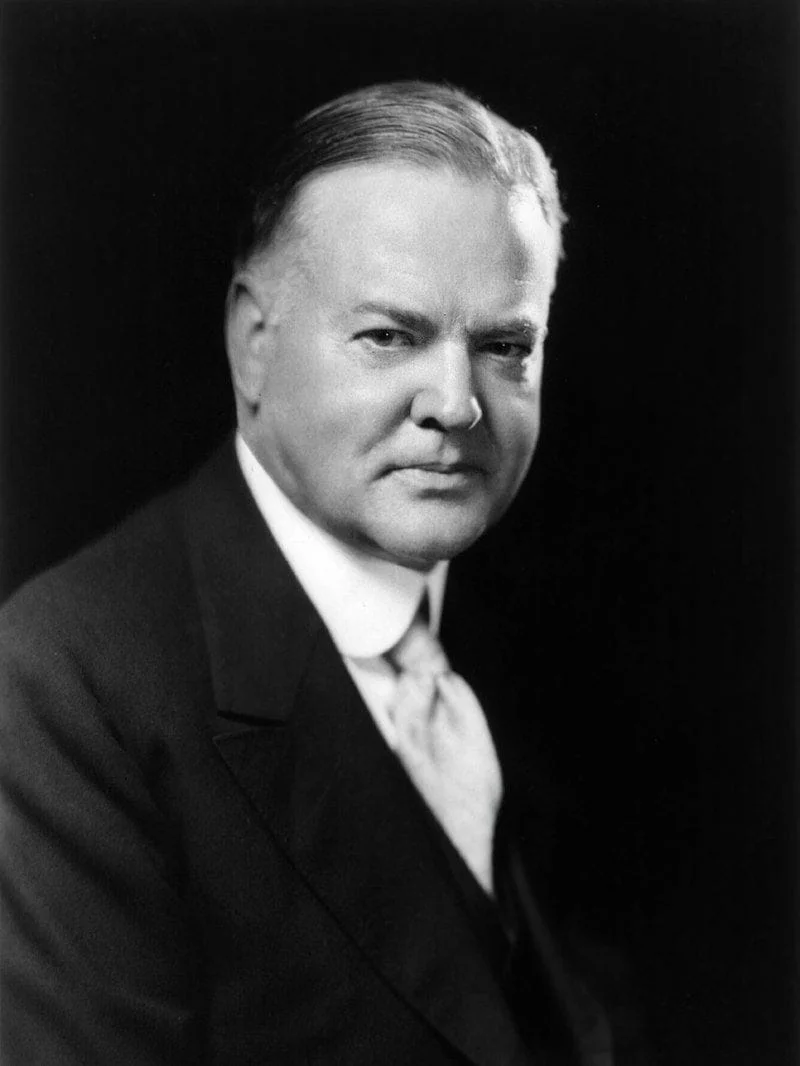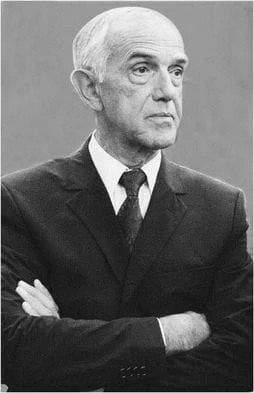Real Celebrities Never Die!
OR
Search For Past Celebrities Whose Birthday You Share
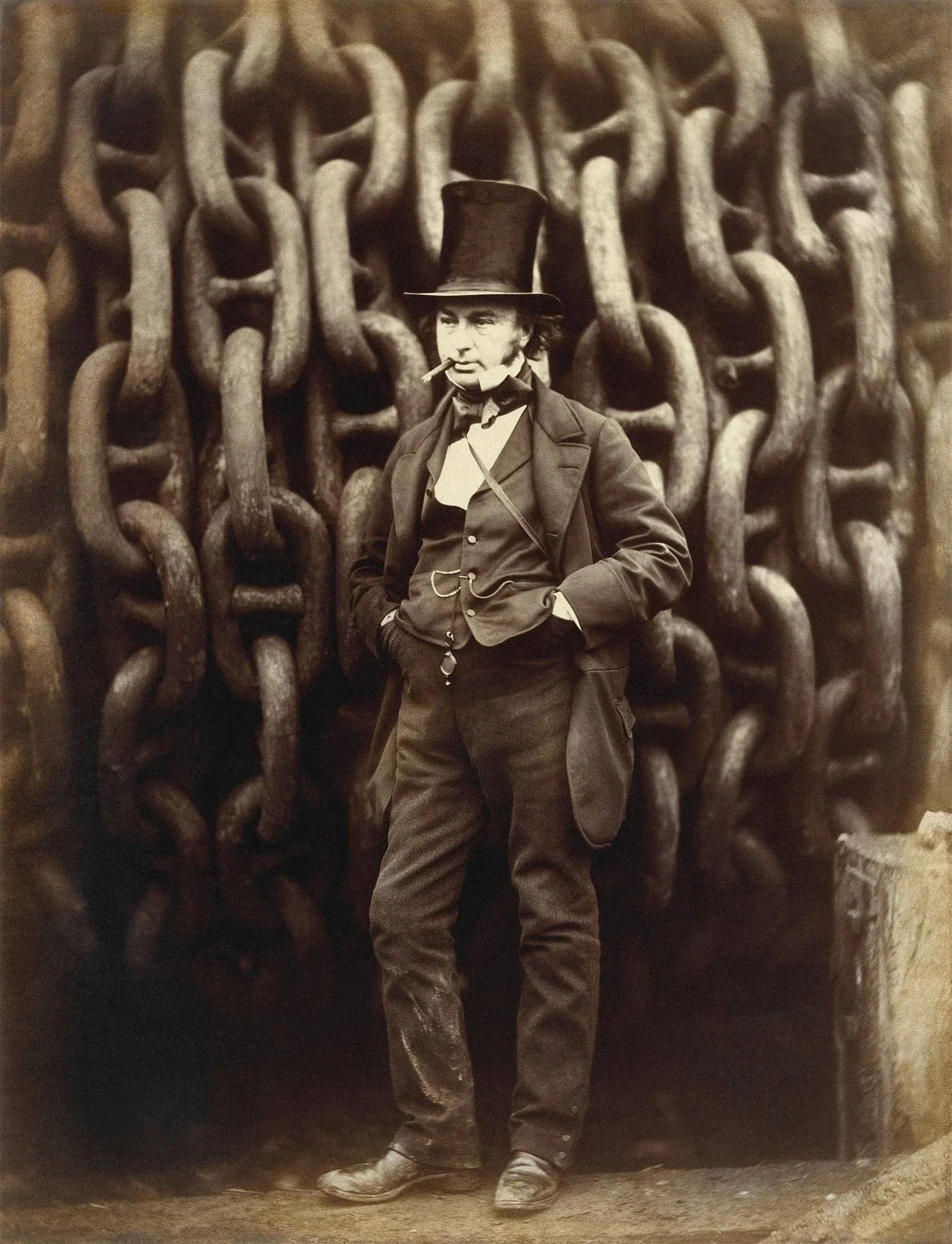
source: wikipedia.org
Isambard King Brunel
Birthday:
09 Apr, 1806
Date of Death:
15 Sep, 1859
Cause of death:
Heart attack
Nationality:
British
Famous As:
Engineer
Age at the time of death:
53
Early Life and Education
Isambard King Brunel was a famous British engineer who lived from 1806 to 1859. He was born in Portsmouth, England. His father, Marc Isambard Brunel, was also a prominent engineer. Brunel possessed the skillset required to become a successful engineer right from an early age and with his father as his mentor, Brunel gained significant exposure to the world of engineering. He started learning Euclidean geometry from the age of eight.
Engineering Studies and Early Career
He studied engineering in France and England and joined his father in the construction of the Thames Tunnel, which was the first tunnel under a navigable river. This project aimed to construct a tunnel under the river Thames between Rotherhithe and Wapping. The tunnel was built between 1825 and 1843 by the father-son duo using a revolutionary tunneling shield and proved to be a pioneering achievement. Although the tunnel was originally used for horse-drawn carriages, it was later converted into a railway tunnel and is now part of the London Overground network.
Chief Engineer of the Great Western Railway
In 1833, Isambard King Brunel was appointed chief engineer of the Great Western Railway, a colossal project aimed to forge a railway link from London to Bristol. He designed many bridges, tunnels, stations, locomotives, and viaducts for the railways. He also built branch lines and extensions to connect with other railways and ports.
Notable Projects: Box Hill Tunnel and Paddington Station
One of Brunel’s most significant achievements was the Box Hill Tunnel, a 1.8-mile-long tunnel in Wiltshire that featured an impressive architectural design. Brunel also collaborated with Matthew Digby Wyatt to design Paddington Station, which served as the London terminus of the Great Western Railway. The station’s grand design and impressive functionality made it a symbol of the era’s engineering prowess.
Pioneering Steamships
Brunel also built three innovative steamships: the SS Great Western, the first purpose-built transatlantic steamship; the SS Great Britain, the first propeller-driven ocean-going iron ship; and the SS Great Eastern, whose massive size made it the largest ship ever built at that time.
Isambard King Brunel's Quote's
Contributions to Healthcare During the Crimean War
Brunel also made significant contributions to healthcare during the Crimean War by designing a pre-fabricated hospital that could be easily transported and assembled. This innovative design, known as the Renkioi Hospital, significantly improved the hygiene and sanitation conditions for the wounded soldiers.
Legacy and Recognition
Brunel’s legacy continues to live on through his works. He was voted second in the BBC poll of the 100 Greatest Britons in 2001. Many of his works are still in use or on display today.
Name:
Isambard King Brunel
Popular Name:
Isambard King Brunel
Gender:
Male
Cause of Death:
Heart attack
Spouse:
Place of Birth:
Portsmouth, Hampshire, England
Place of Death:
Westminster, London
Occupation / Profession:
Personality Type
Debater: Brunel was known for his powerful intellect and vivid imagination. This helped him overcome even the most unbeatable obstacle.
Both of his parents were imprisoned.
He designed the Clifton Suspension Bridge.
Brunel was the chief engineer of the Great Western Railway.
He was only 5 feet tall.
He built the Maidenhead Bridge across the River Thames, the Wye Bridge at Chepstow, and the Royal Albert Bridge across the River Tamar.
He also designed the Clifton Suspension Bridge.
